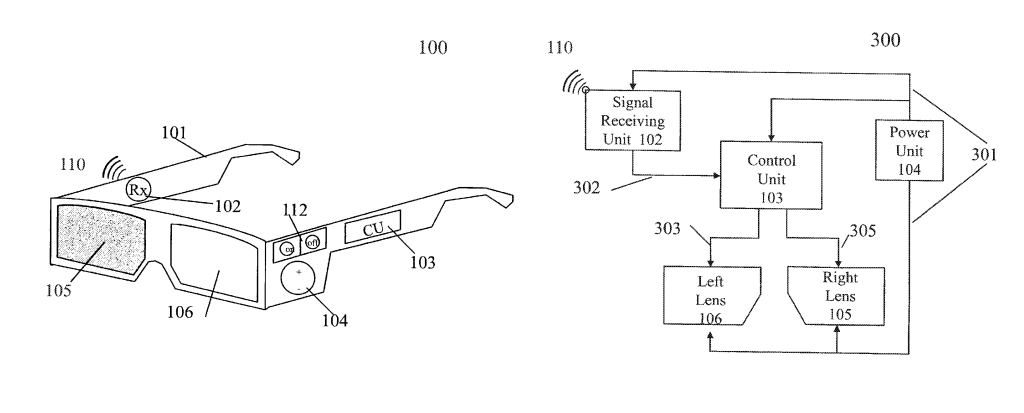In a recent decision out of the Southern District of Texas, Judge Lee Rosenthal found the patent infringement case brought by VDPP against Volkswagen to qualify for sanctions under the Patent Act 35 U.S.C. § 285. The court also relied upon 28 U.S.C. § 1927 and its inherent powers to directly sanction VDPP's attorney William P. Ramey (Ramey LLP). VDPP, LLC v. Volkswagen Group of America, Inc., No. H-23-2961 (S.D. Tex. July 11, 2024).
To continue reading, become a Patently-O member. Already a member? Simply log in to access the full post.